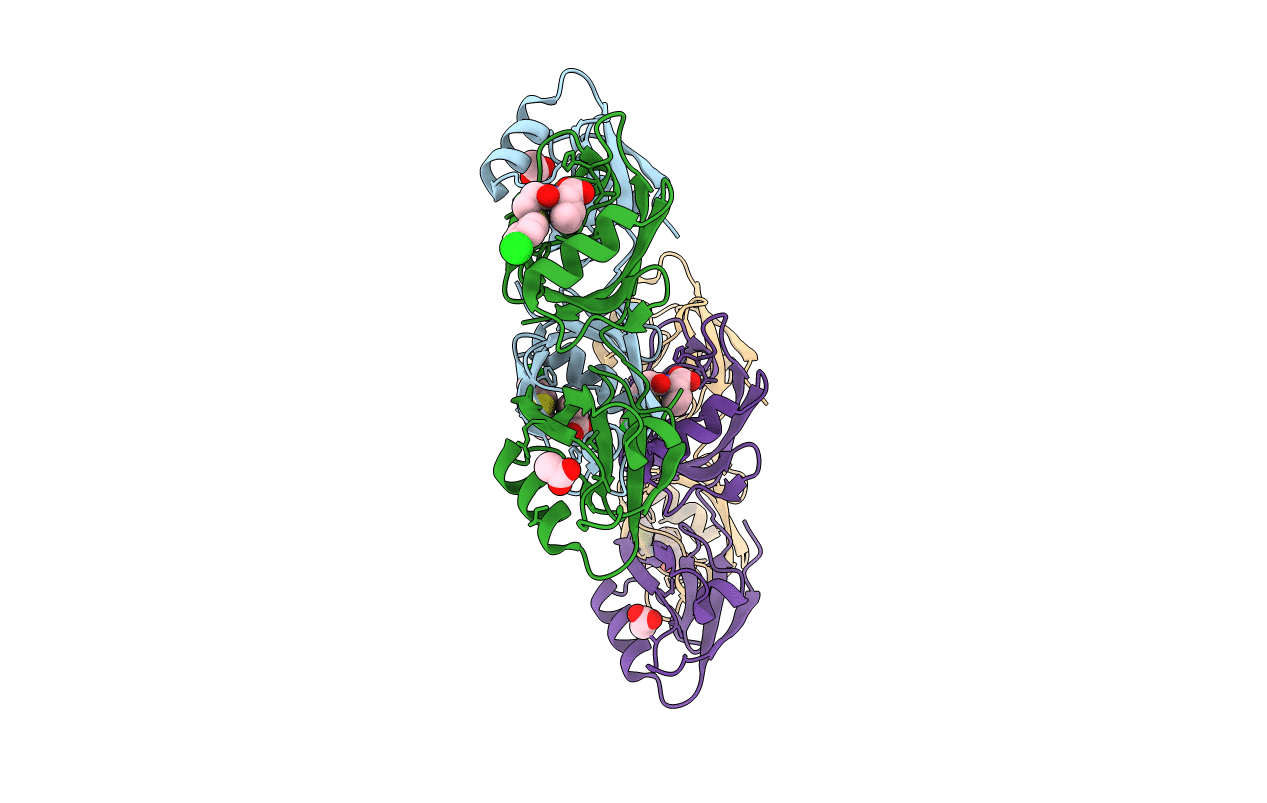
Deposition Date
2019-05-02
Release Date
2021-02-03
Last Version Date
2024-05-15
Entry Detail
PDB ID:
6RLC
Keywords:
Title:
Crystal structure of the PDZ tandem of syntenin in complex with fragment F13
Biological Source:
Source Organism:
Homo sapiens (Taxon ID: 9606)
Host Organism:
Method Details:
Experimental Method:
Resolution:
2.20 Å
R-Value Free:
0.30
R-Value Work:
0.25
R-Value Observed:
0.26
Space Group:
P 1


